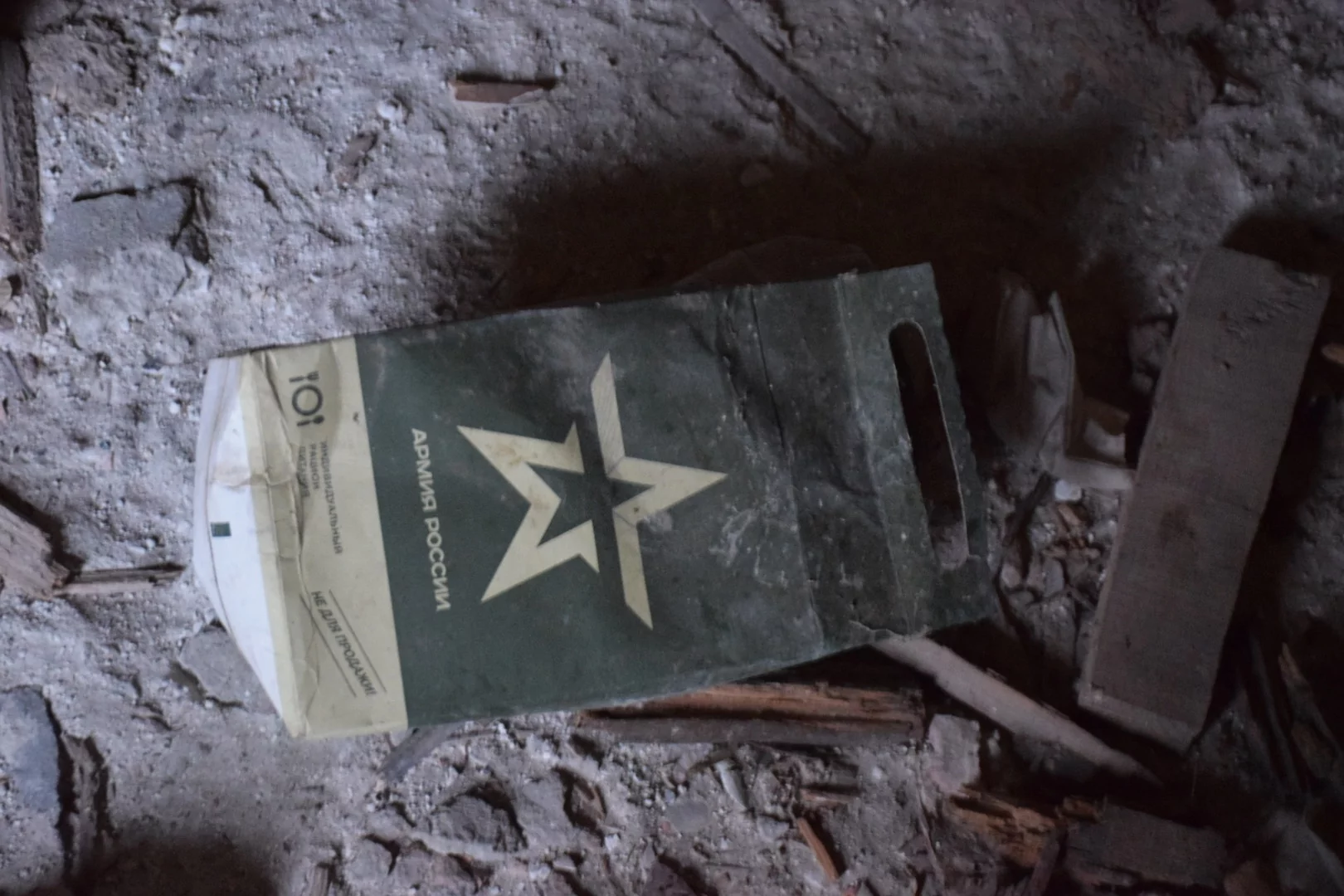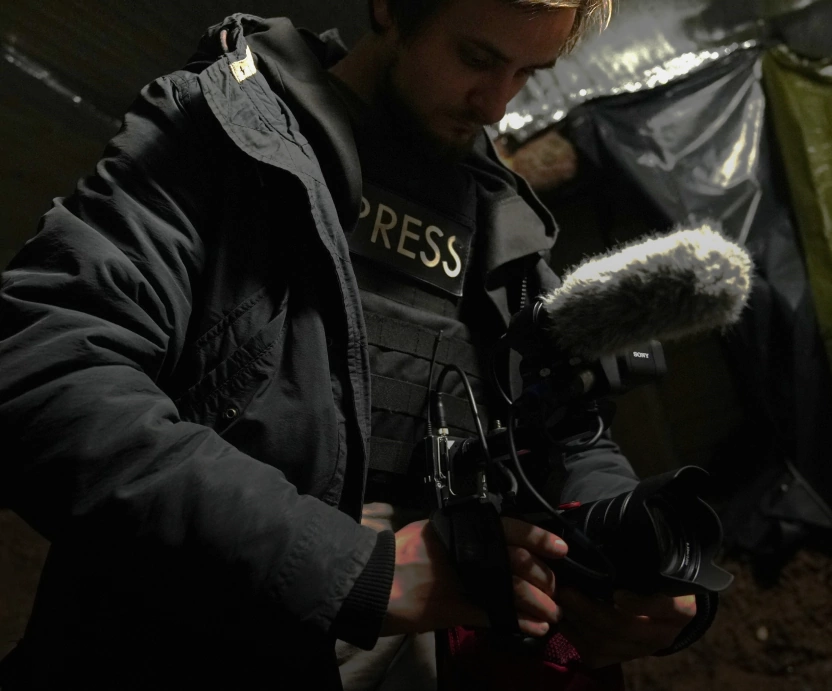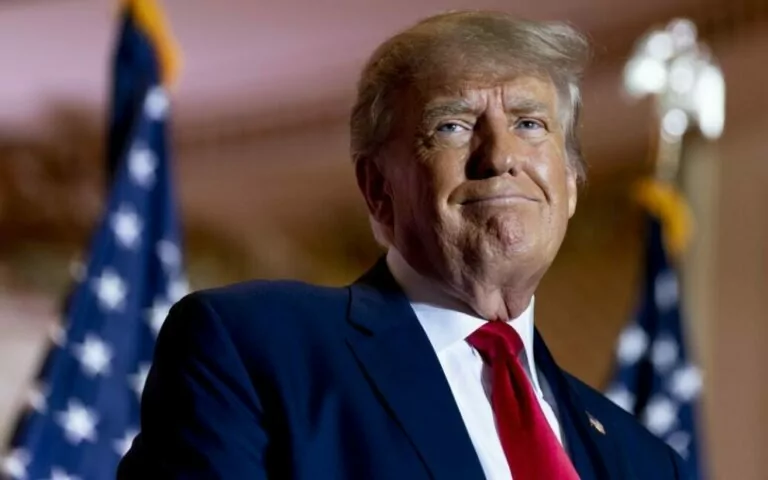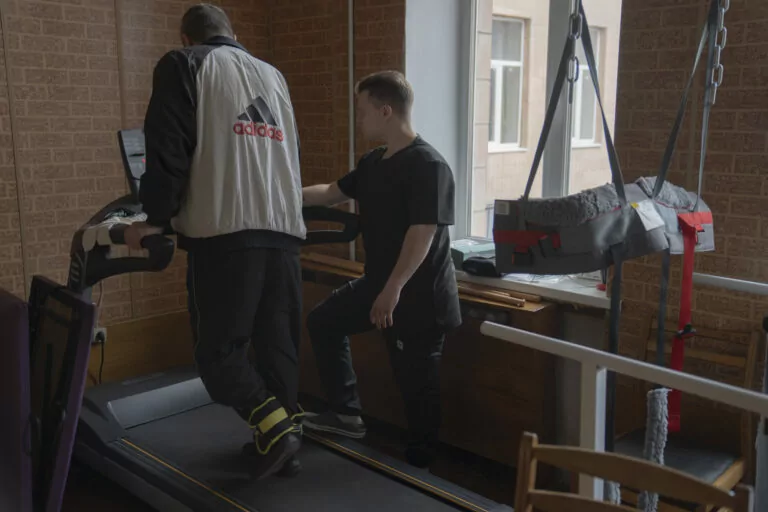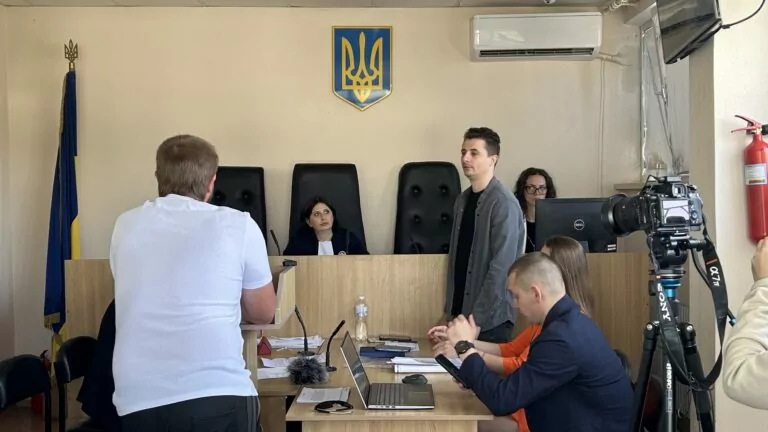UKRAINE, Oct. 14 — Russia may start mobilizing reservists to sustain its combat operations in Ukraine despite its high casualties. Still, it won’t conduct a large-scale mobilization to expand its military personnel as dramatically as it did in 2022, the Institute for the Study of War (ISW) says.
Both countries, Ukraine and Russia, are struggling to find recruits. In the first eight months of the year, Russia lost 281,550 soldiers in the war with Ukraine, says the “I Want to Live” Ukraine state project conducted by Ukraine’s Main Directorate of Intelligence for helping Russian soldiers to surrender to the Ukrainian military safely.
The international OSINT group Frontelligence Insight confirmed to the Politico media outlet that the leaked document seems pretty accurate and aligns with the group’s estimates.
On Oct. 13, the Russian Cabinet of Ministers approved a draft amendment allowing the military to use reservists from the “human mobilization reserve” for deployments outside Russia without an official mobilization declaration. Andrei Kartapolov, Chairperson of the State Duma Defense Committee, noted that this law permits sending reservists to regions such as the Sumy and Kharkiv regions of Ukraine.
Russia has two types of military reserves. The first, known as the “human mobilization reserve,” is an active reserve in which citizens voluntarily sign contracts with the Ministry of Defense to serve while remaining civilians, unless called up.
These reservists receive financial compensation but must attend mandatory drills and report to enlistment centers during mobilization. As of October 2025, officials claim two million members are in this active reserve.
The second type is the inactive reserve, or “zapas,” which includes Russian men of military registration age, extending up to 65-70 years old in some cases, who are not actively connected to the Armed Forces. The new regulation approved on Oct. 13 applies only to the active reserve, not the larger “zapas,” ISW points out.
ISW analysts say that the primary purpose of the mobilization of reservists is to make spending on the war in Ukraine cheaper.
Currently, Russia generates volunteers with high pay, but its significantly increased government spending has eroded Russia’s sovereign wealth fund, introduced externalities to the Russian domestic labor market, and exacerbated Russian inflation over the last three years. The amendment bypasses a formal declaration of war and is expected to enable the Kremlin to send active reservists into battle.
Read more
- Reports of Russian “waiting” drones on Izium-Sloviansk highway are received daily, military says
Whatever awaits Ukraine in Russia’s war, our Kharkiv-based newsroom plans to keep reporting on it. Please, support our journalism by buying us a coffee or subscribing to our Patreon.

